Recently in our LinkedIn Flag Football group we had a question come up about the best 5 on 5 flag football defense strategies to use, so we thought it would be a good intro to a breakdown of our top 5 recommended 5 on 5 flag football defenses that every team should implement at different times.
[bsa_pro_ad_space id=7]
Here was the question from Jorday Melay out of Kingsthorpe, Northamptonshire of the United Kingdom:
I am in my second year of playing 5 on 5 flag football and I have been named defensive captain with a view to helping out with the scheme we run on D this year.
Last season we played a lot of Cover 1 which was successful along the line of scrimmage in stopping the run. However, with me being a lone safety, it was difficult stopping the two fly routes from either side and when the corner doesn’t track his man, you end up seeing a lot of deep balls.
I spoke with my coaches to no avail when discussing last year so I just got on with and we ended with a 10-6 season so not bad but against the top QB’s we found ourselves beaten from play 1 with little to no change.
This season I have put forward a variation of Cover 2 with Two Corners, a LB/Blitzer, 2 Safeties.
What are your thoughts on potential schemes we could run that would be effective against the top teams in our league?
Thanks.
Our short answer:
Without knowing too much about your specific format rules, my general recommendation is to not use the same 5 on 5 flag football defense all the time, instead switching it up fairly regularly from play to play. This allows your defense to disguise what it’s running and takes away from easy reads the quarterback may have.
There’s no perfect flag football defense unless you have a team full of athletic freaks that can man up the other team in every situation without a problem, which most teams can’t. Changing up the defense regularly usually means having 2-4 pre-planned defenses that your team can adjust to quickly, making communication very important so everyone is on the same page with no blown assignments. I would suggest rotating between straight man-lock defense, a 3-1 with 1 center safety similar to what you’re doing but with corners who can turn for streaks and corners to their third zone, and a box or 2-2 with 2 short and 2 deep defenders. If you have the personnel to manage it, even disguising which defenders are dropping into which zones can cause added confusion on the offense.
The full breakdown:
Of all the different ways you can run a 5 on 5 flag football defense, there are five schemes we would recommend most to beginners and veterans alike who are looking to properly defend the wide array of 5 on 5 flag football offenses that you’ll come up against. It’s imperative your team is on the same page to effectively communicate which scheme to implement on the fly from play to play, so make sure and share these with them and come up with your own system for how to relay each change throughout the game!
Scroll through our recommendations below!
2-2 or Box

The 2-2 or box zone 5 on 5 flag football defense is a staple of many teams out there as a versatile go-to scheme. You can run this defense against a spread or bunch formation with nearly equal effectiveness, it’s rather simple in execution and forgiving in terms of athletic ability needed to make it successful, making it ideal for a broad number of teams. While the scheme itself is rather basic, with 2 safeties playing the deep zones and 2 corner/linebackers flowing to the short zones, it does have a weakness in the middle of the field and can be exploited just like any defense if you give away what you’re running.
Therefore to take it a step further, we recommend starting out in a 5 across formation, with all defenders at the recommended rusher distance, then everyone moving to their zones with the snap of the ball. By doing this, you can alternate between other schemes without the offense picking up on it, and you can also send the rusher from various positions, along with rotating between which players flow to which deep or short zones. If you can simply take away the quick and easy reads for a quarterback and force him to have to read the defense in the heat of the play, you will cause mistakes and be better off because of it. As always, this all depends on your players getting in the right position and being on the same page, so communication is key.
3-1

The 3-1 zone 5 on 5 flag football defense is one that I personally love to use, along with the 2-2, for defending a majority of the bunch offenses we come up against, but not one I’d recommend against a spread team. Especially in a league where handoffs & throwbacks are legal, and against a team that utilizes them well, this defense is versatile enough to combat it effectively. It does require quite a bit more practice and communication to execute effectively, but is very powerful if done right.
Essentially the outsize defenders play 3-5 yards off the line of scrimmage outside the end receivers. If the hand-off comes their way, they can kill it immediately, if not, they’re looking for a quick shoot or drag to their side to jump, and if that doesn’t happen, they immediately bail into a 3 deep look to take away backside posts, outs and corners. The middle safety can then freely rotate with the flow of the play to help over top of a flood to either direction. This defense can also help disguise a weaker player in the middle linebacker position, since it puts most of the burden and athleticism on the corners/safeties and he is essentially just protecting the middle of the field.
This is also a defense I like to employ in long distance situations, like 3rd or 4th and long, where the corners get straight to the deep thirds, the linebacker can help kill a throwback or bail to the line to gain while the middle safety roams over the top for any deep shot attempts.
4 Across

The 4 across, or quarters zone 5 on 5 flag football defense is a staple goal line defense that many teams use when they are able to cover 5-10 yards in depth, and pass off slants, drags and other crossing routes to their teammates. I wouldn’t recommend it as much in the open field until you’re backed up to the endzone to defend, unless it’s a situation where you’re simply killing time in more of a prevent defense trying to give up the short plays and avoid anything getting behind you. It is susceptible to an offense that likes to flood zones with multiple layers of routes, so I always recommend the outside defenders playing close to the formation if up against a bunch offense, and ready to roll over the top to chase a backside dig or comeback.
Man Lock

Pretty self explanatory, but the man lock 5 on 5 flag football defense is also the easiest to coordinate for newer players who have trouble with zone assignments, especially when you simply out-athlete the other team across the board. Mostly effective against a spread offense, if used sparingly it’s also effective to mix in against a team who runs a lot of bunch but might not use as many crossing/pick flag football routes as they should, or are simply not able to outrun you even if they do.
If you’re going to run a man defense, the number one rule is don’t get beat deep. It’s always preferable to give up the shorter curls, comebacks and drags if you can effectively pull flags, and make the offense earn every yard, than it is to give up 2-3 easy touchdowns on aggressive players biting on double moves or going for the big play instead of making the smart one. When backed up to your own goal line though, I would always recommend one of the zone defenses first, since crossing routes there are way more common, and you have natural boundaries to make the quarterback have smaller windows playing into a zone flag football defense’s hand.
2-1-2 Blitz

The 2-1-2 Blitz zone 5 on 5 flag football defense is by far my favorite to execute. It’s easily the riskiest, but also the least commonly expected and can have a high success rate if used appropriately. I’ve used it all over the field, mostly on big 3rd or 4th down plays but only against a full bunch offensive formation, never against a spread offense. It’s also important to send tall, rangy rushers who can take away lanes from a quarterback by getting their hands up in his face.
The idea is to intimidate the quarterback into making a quick throw knowing he won’t be able to get away from 2 rushers easily, while also allowing the defenders to read the quarterbacks eyes since they know he has to get it out quick, allowing them to jump routes more effectively. The 2 deep defenders simply take away and quick deep throws, while the middle linebacker is looking to jump any quick throws up the gut since the rushers will be coming from outside the formation. The rushers job is to take away the outside flat passing lanes. Whichever way the quarterback turns to throw, that rusher sells out by jumping with hands in the air to go for the knock down, while the backside rusher simply goes for the flag and is there if the quarterback decides to try and pump fake and run. It’s a ton of fun when executed properly, and many times results in a bad throw, or a knocked down pass and can really fluster a typically mobile or newer quarterback who isn’t as poised in the pocket play in and play out.


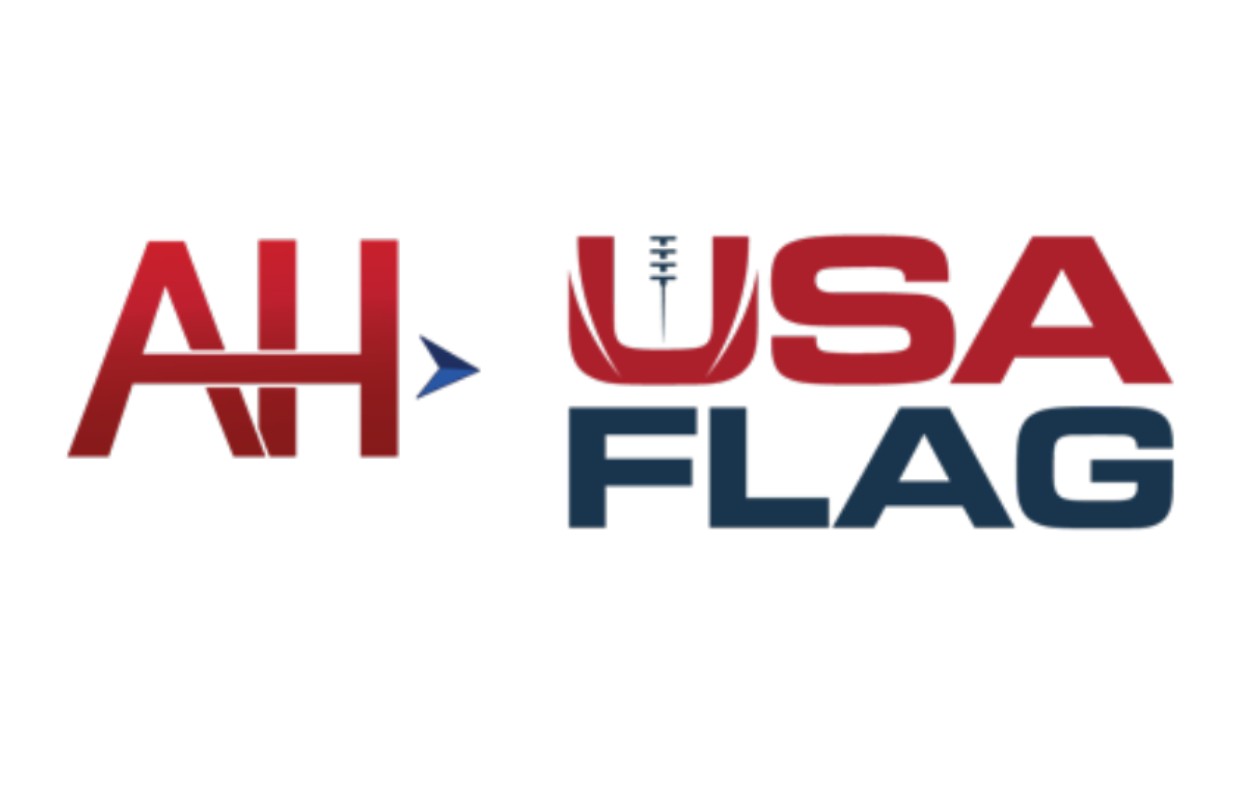

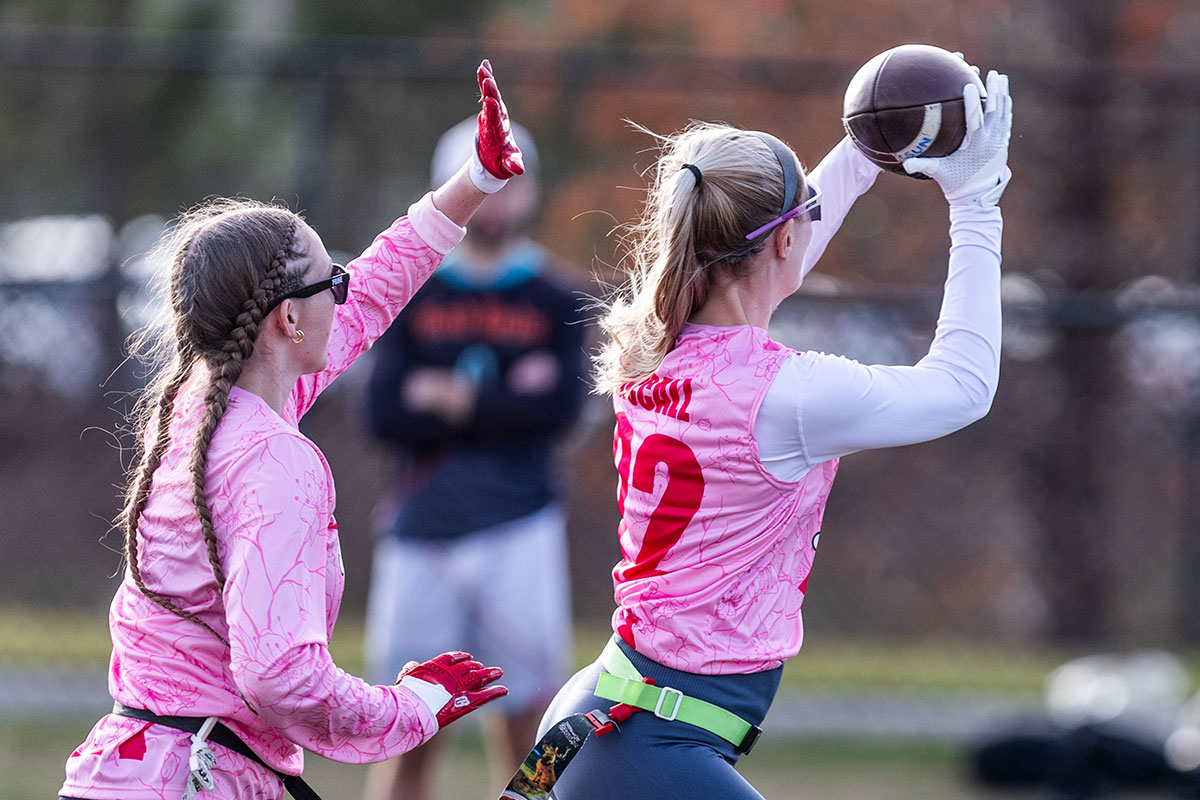
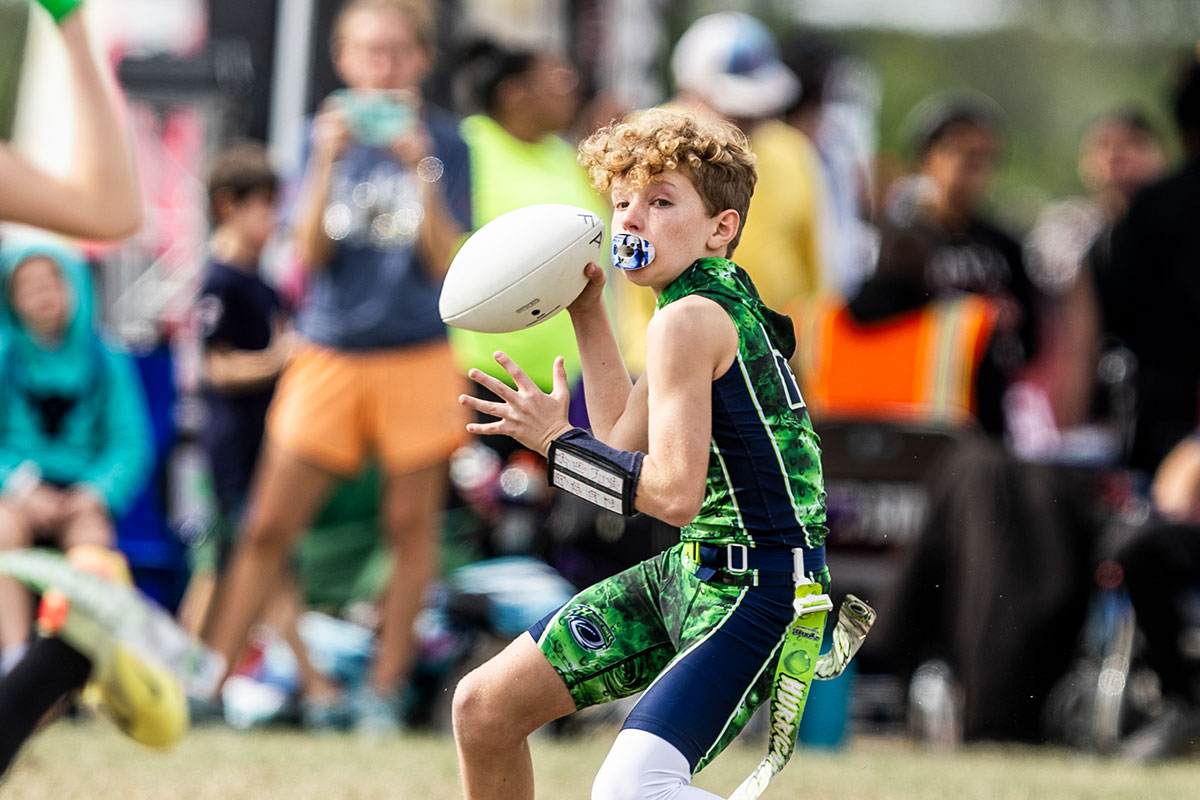


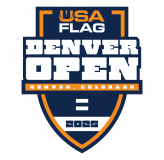




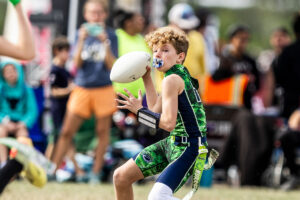
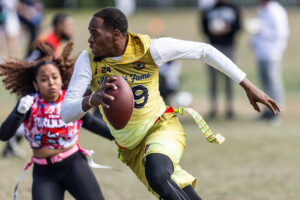


Comments: 8
Alvaro Salazar
May 5, 2015 1:47 pmDo you have any specifics of the rules of each player and the communication between them?
travaggie
May 5, 2015 1:52 pmTypically, just like in traditional football, the best option is to have 1 player assigned to making all the defensive calls. We usually communicate before the offense breaks the huddle, that if they’re in a spread, we have a plan to run one defense, and if they bunch up we run another. For instance, our defensive captain would tell everyone to play man defense if they come out in spread, or a 1-3-1 if they come out in a bunch formation. Better to have a plan before the offense lines up, than trying to call it as they’re snapping the ball.
Alvaro Salazar
May 5, 2015 2:15 pmI meant specifics and communication for the box defense, how deep are the player covering the flat? what do the corner/Lbs do if the players run across the defensive formation? stuff like that.
travaggie
May 7, 2015 9:39 pmAh I see. To start, I would have everyone at around the depth of the rusher, which is 7 yards in our league, or close to it, to disguise against what defense you’re running. How deep you play really depends more on what routes are being run to your zone and how many players are in it for you to cover. I would say short defenders would play at around 5-10 yards deep from the line of scrimmage, but if someone is running a 12 yard curl on his side, and there’s nobody else in his zone, he obviously needs to cover that, so it really depends on what routes he has. Rule #1 is don’t give up the deep ball for the safeties, and if they flood the short zone, we tend to always play back first, giving up the short throws and making sure we pull flags.
travaggie
May 7, 2015 9:41 pmAnd if the offense motions, it shouldn’t change too much. If you’re in a zone, just bump your coverage down a bit but don’t change too much. If you’re in man, run with him.
Brent Langdon
November 13, 2015 1:22 pmI have been coaching flag football for a few years (elem and mid school level) and mostly stick to man-on-man, partially because I don’t understand some strategies of zone. Some basic questions:
– If somebody enters my zone, do I play him like man-on-man while he is in my zone?
– What do I do if 2 or 3 people come into my zone?
– What do I do if nobody is in my zone, but another zone is overloaded?
– What do I do if somebody leaves my zone, but I see there is nobody in the other zone in position to cover him?
Travis Burnett
November 13, 2015 1:40 pmThe best answer to these questions can basically be answered by “Who is the biggest threat?”. Zone is much more situational than man to man and requires more thinking. If everyone plays their zone correctly, you would never chase anyone outside your zone and pass off players exiting your zone, but depending on the situation that is not a hard and fast rule. It happens often that you’ll need to follow another out of your zone or help out in someone elses zone if there’s no threat in yours or theirs is much greater, say a touchdown or first down risk. The basic rule of thumb for zones is bend don’t break and keep everything in front of you.
Homepage
June 1, 2017 5:17 am… [Trackback]
[…] Read More here: usaflag.org/the-best-5-on-5-flag-football-defense-strategy-guide/ […]